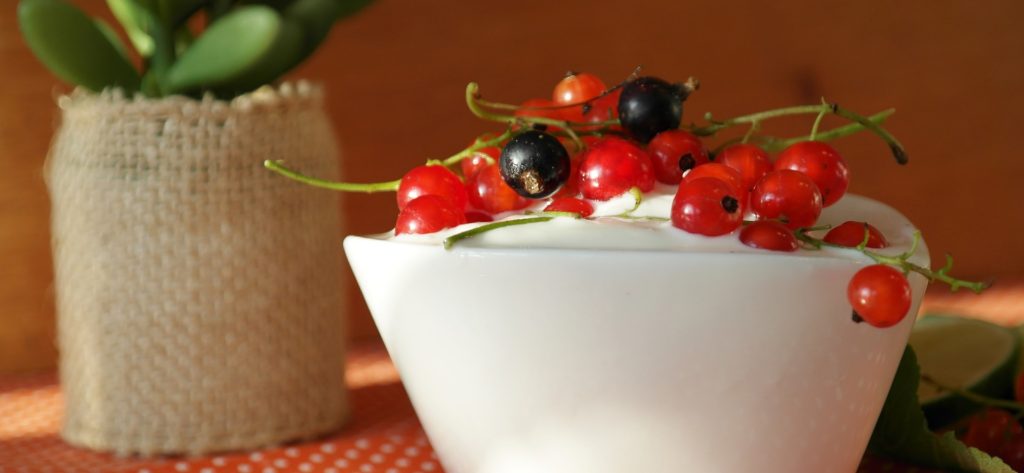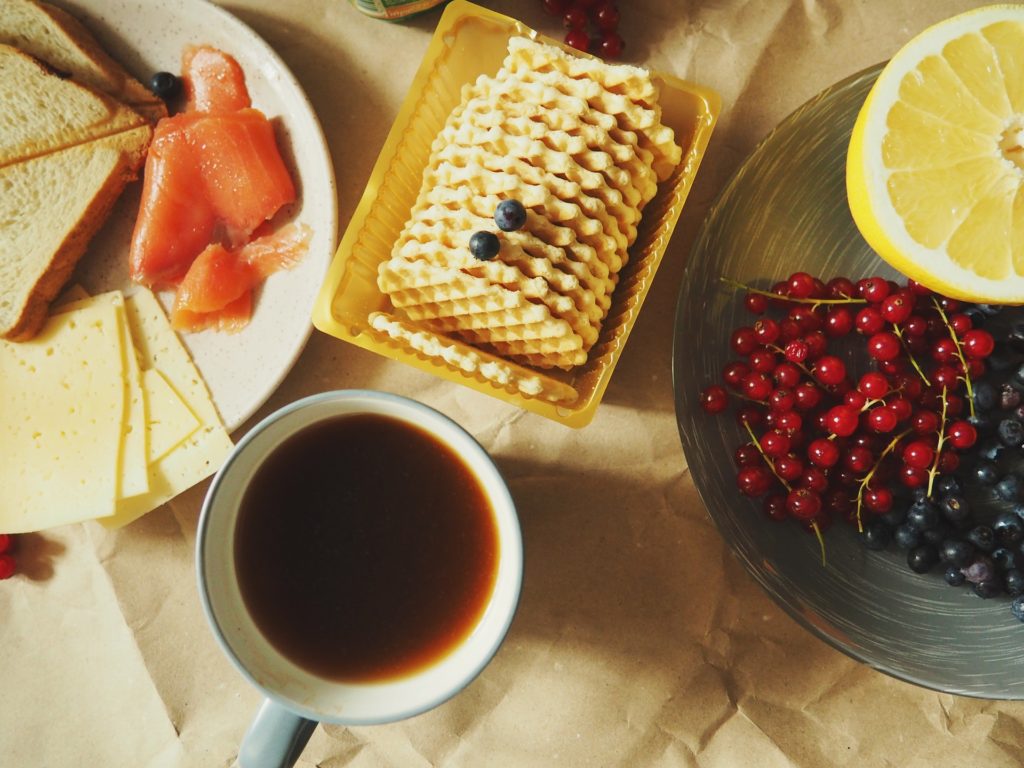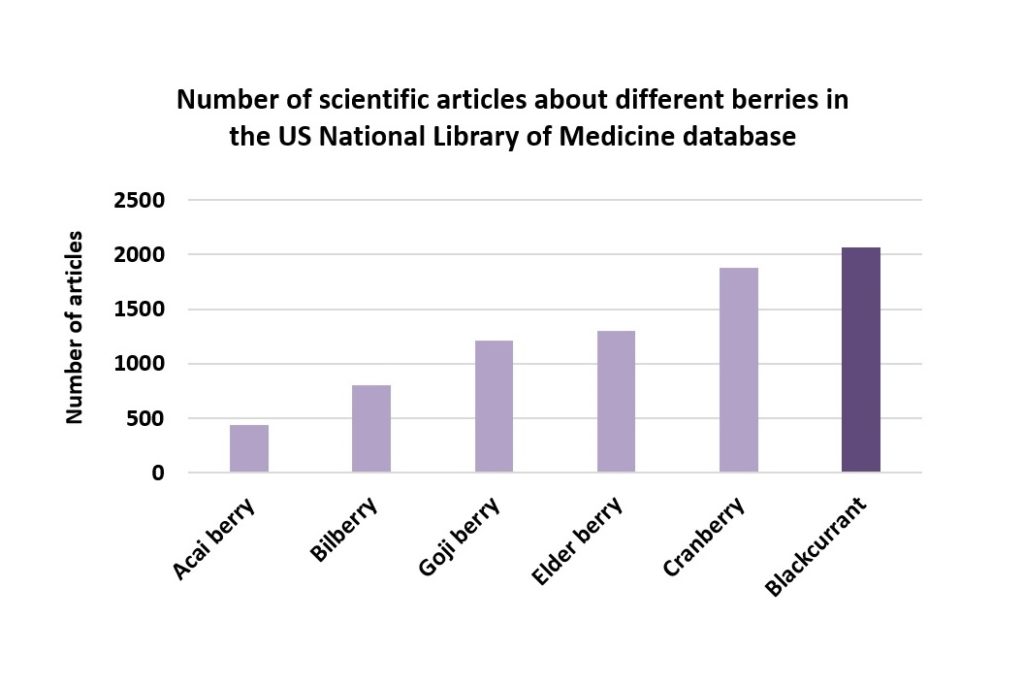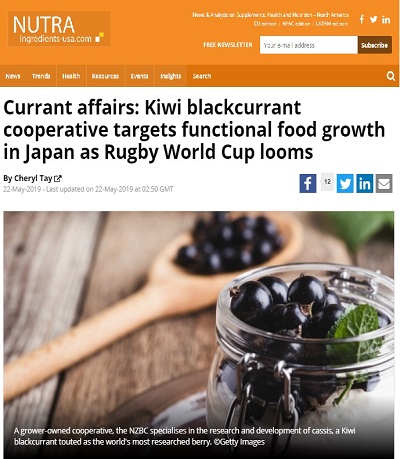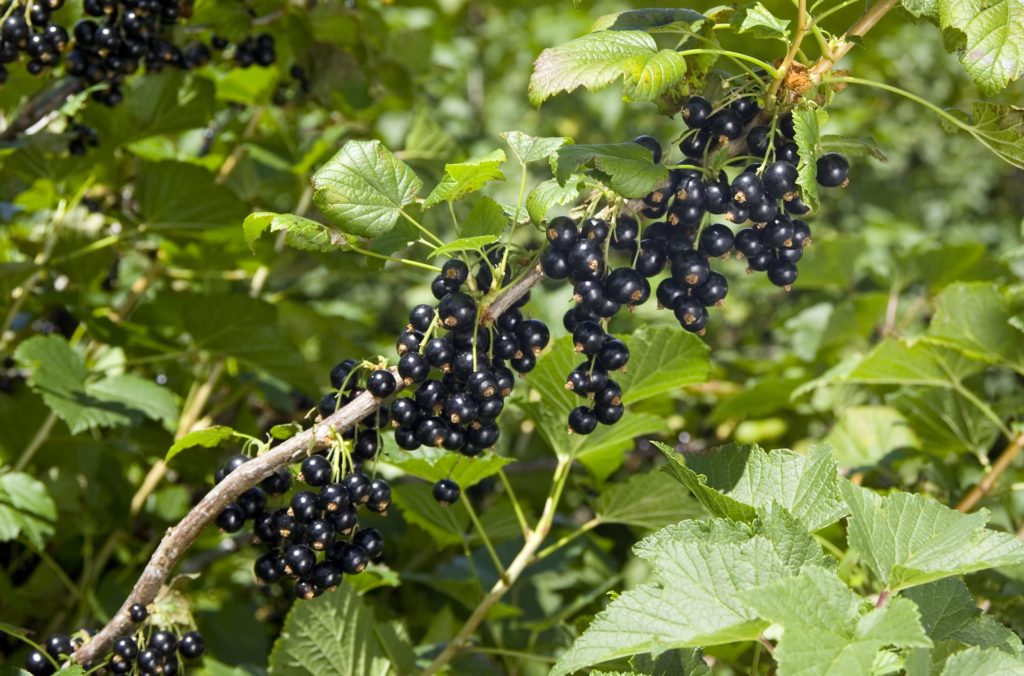Glucose Metabolism
Improved Metabolism of Glucose with New Zealand Cassis
The incidence of diabetes is dramatically increasing as a consequence of modern lifestyles, particularly diets high in carbohydrates, especially mono- and di-saccharides. In addition, evidence suggests that elevated blood glucose levels are an important risk factor in the development of diabetic complications such as cardiovascular disease and kidney and eye damage. Blood glucose levels after eating are controlled by a number of factors including:
- The breakdown of complex carbohydrates to glucose by the gut enzymes a-glucosidase and a-amylase.
- The secretion of insulin into the blood, initiating the uptake of glucose from the blood into body tissue. The secretion of insulin is itself activated by signalling molecules, including Glucogen Like Peptide-1 (GLP-1).
Potential strategies to control elevation of blood glucose levels after meals and the progression of the complications associated with elevated blood glucose levels, include inhibition of the glucose producing enzymes in the gut and/or inhibition of the activation of secretion of insulin. Ingestion of specific bioactive compounds from fruit has been shown to be an effective strategy to control the onset of diabetes.
Cassis and Glucose Metabolism
- Inhibition of α-glucosidase. An in vitro study demonstrated that an anthocyanin rich Cassis extract was able to inhibit α-glucosidase with an IC50 of 20 μg anthocyanins/mL, compared to an IC50 of 40μg/mL for acarbose, a drug clinically used to inhibit α-glucosidase and lower blood glucose levels in diabetic patients.
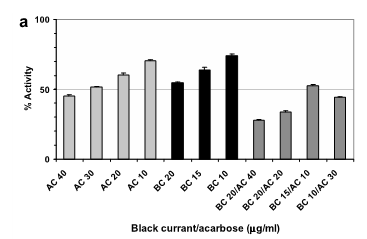
Boath A, Stewart D, McDougall G (2012) Berry components inhibit a-glucosidase in vitro: Synergies between acarbose and polyphenols from black currant and rowanberry. Food Chemistry 135:929–936 - Inhibition of α-amylase. It has been demonstrated that the anthocyanin cyanidin-3-rutinoside from New Zealand Cassis inhibits α-amylase in vitro with an IC50 of 24.4 μg/mL, compared to acarbose with an IC50 of 18.1 μg/mL. Acarbose is used clinically to inhibit α-amylase and lower blood glucose levels in diabetic patients.
- Diet-induced obese mice fed daily with a diet containing 0.32% New Zealand Cassis showed a significant improvement in glucose metabolism and reduced body weight gain.
- Rats fed Cassis extract (BCE) containing 1mg delpinidin-3-rutinoside/kg showed a significant increase in GLP-1 and insulin, and a significant decrease in blood glucose after a high dose of intraperitoneal glucose.
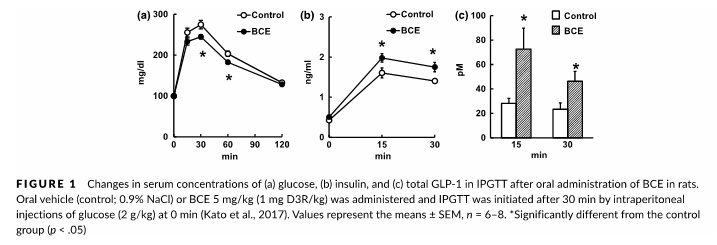
Tani T, Nishikawa S, Kato M and Tsuda T (2017). Delphinidin 3-rutinoside-rich blackcurrant extract ameliorates glucose tolerance by increasing the release of glucagon-like peptide-1 secretion Food Sci Nutr. 5:929–933
- A similar study in humans showed that a single high dose of New Zealand Cassis anthocyanins (H-BE, 600mg anthocyanins) immediately before a high carbohydrate meal significantly decreased blood glucose levels during the first 30 minutes after the meal.

Castro-Acosta M, Smith L, Miller R, McCarthy D, Farrimond J and Hall W (2016). Drinks containing anthocyanin-rich blackcurrant extract decrease postprandial blood glucose, insulin and incretin concentrations. J Nutr Biochem. 38: 154–161.
New Zealand Cassis shows strong promise as a dietary ingredient regulating glucose metabolism, potentially mitigating the adverse health consequences of uncontrolled elevated glucose, such as diabetes and the complications associated with this disease.




